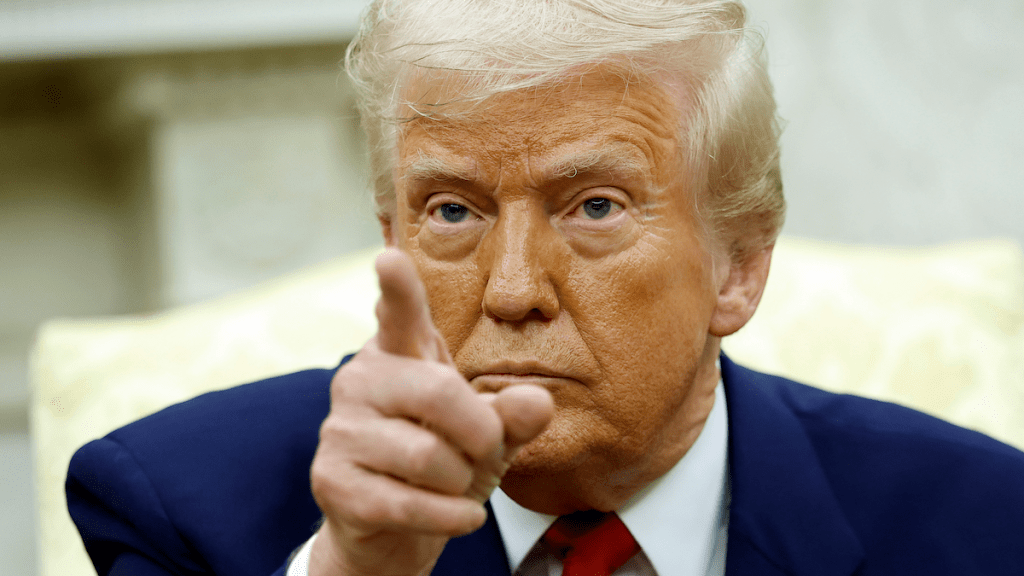In the Middle: Bruce Springsteen, Donald Trump, and the Power of Artistic Dissent

In recent years, Bruce Springsteen has found himself in the middle of a heated conversation. It's a place where music, politics, and cultural debate all intersect. On the one hand, Springsteen remains an icon in American rock, celebrated for decades. On the other, he has become a prominent voice addressing national tensions—particularly those surrounding former President Donald Trump.
How Springsteen Landed in the Middle of the Debate
During his much-anticipated European tour, Springsteen didn't shy away from sharing his views. At his Manchester show, he declared, “In my home, the America I love… is currently in the hands of a corrupt, incompetent and treasonous administration.” With these words, Springsteen placed himself firmly in the middle of an ongoing national discussion about democracy, civil liberties, and artistic expression. His call for audiences to "raise your voices against authoritarianism" struck a chord with fans and critics alike.
Springsteen’s remarks, which were shared on his own website and YouTube channel, quickly traveled back across the Atlantic. The result was a firestorm of responses from the political world, including a sharp rebuke from Donald Trump himself.
The Middle Ground Between Music and Political Advocacy
Living in the middle isn’t new for Springsteen. Throughout his career, he's written songs that speak to American struggles and triumphs—from the working-class anthems of the 1980s to his recent calls for justice. Yet, this role comes with challenges. When artists insert themselves into political debates, they risk alienating fans. Even so, Springsteen’s willingness to share his perspective shows how musicians can occupy a crucial space in public discourse.
After Springsteen’s comments, Trump fired back on social media, criticizing both the artist’s music and his views. This interaction placed Springsteen squarely in the middle yet again—a symbol of how culture and politics often collide. Industry leaders, such as the American Federation of Musicians, swiftly defended Springsteen’s right to freedom of expression, reinforcing the importance of artistic dissent.
Learn more about the public exchange and how it reignited tensions involving other pop icons like Taylor Swift.
Why the Middle Matters
For Springsteen, remaining in the middle is a choice. He bridges generations as an artist, but also as a commentator on America’s shifting landscape. His songs, public statements, and even his critics demonstrate that the middle is where real dialogue happens.
Sometimes it’s uncomfortable, with harsh words exchanged on both sides. But this space is where cultural icons like Springsteen can inspire reflection and unity. As America heads into another contentious political cycle, the value of artists occupying the middle ground has never been clearer.
Conclusion: Standing in the Middle with Purpose
Being in the middle isn’t about indecision—it’s about engaging with different views and using one’s voice to encourage healthy debate. Bruce Springsteen shows that artists don’t need to stay silent. Instead, by standing in the middle, they can spur actions that resonate far beyond the concert stage.
Whether you agree with his stance or not, Springsteen’s willingness to occupy the middle ensures that conversations about freedom, democracy, and national identity remain vibrant. To explore more on the impact of celebrity activism in current politics, check out insightful analysis and event coverage here and here.